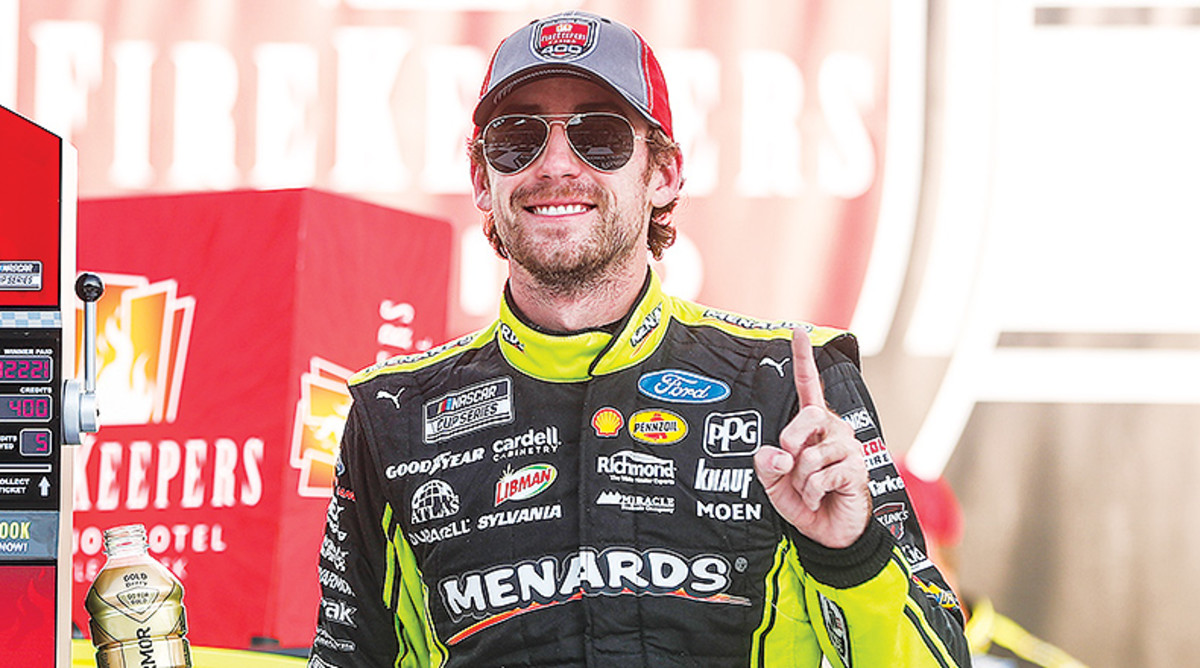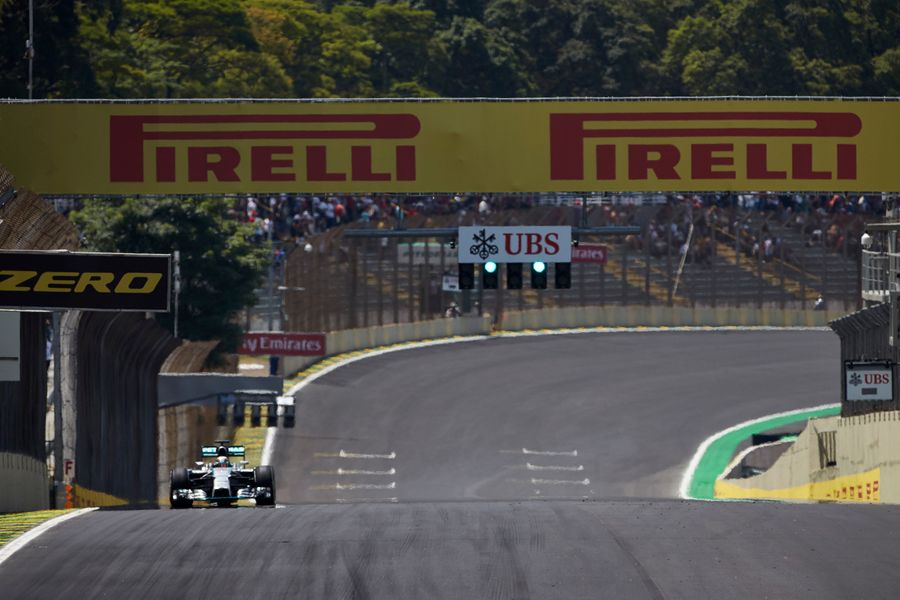
German racing cars are not something you should be ashamed of if you love them. You may have heard of Opel Ascona B400, or you might be interested in the BMW 3.0CSL. But what about Volkswagen Beetle. Learn more about this incredible car below. It's as thrilling as it sounds! You'll be glad you read on. These are some of the cars you will see at the race.
Opel Ascona B 400 race car
Opel introduced the Ascona B 400 in 1980 to compete in the World Rally Championship. Tony Fall was the man behind the design of this car that put Opel on the international rally stage. It's not a winning model, but it has been a regular at historic rallies in Europe.
Audi R10 TDI
Audi, the German Formula One Team, entered the Le Mans 24 Hours race with a brand new, diesel-powered car. Known as the R10, this car is a direct competitor to the Porsche RS Spyders. Both cars are Prototype 2 vehicles and have significantly lower horsepower and weight. The differences in speed and handling make the cars more competitive.
BMW's 3.0CSL
The BMW 3.0 CSL car race car was one among the most popular of the 1970s. This BMW was the ultimate driving vehicle of that era. It featured huge fender flares, aerodynamic features, and a straight-six exhaust sound. This car is highly sought after, with prices exceeding six figures. The E9 coupe might not have had its cult status, if the 3.0 CSL was never produced.

Volkswagen Beetle
The German race car has been around for a long time, and a classic one is a Volkswagen Beetle GT. This tiny car boasts a 2.1liter, air-cooled 4-cylinder engine with 150 horsepower. The car's small size, light weight and grip make it a great contender in road racing. Although the Beetle GT is not yet manufactured, it was immensely popular in motor-racing.
Audi Quattro
The Audi Quattro was already a legend in rally circles. But what is so extraordinary about this car, you ask? Its revolutionary four-wheel drive system delivers more power to the ground than two wheel-drive cars. The quattro was an iconic German supercar that ruled rallying in the 1980s. Although the sport was dominated in part by the two-wheel-drive variant, the quattro eventually had enough and had to be retired from rallying because it was too expensive for American events.
BMW-Williams FW26
BMW-Williams FW-26, one of Formula One's most recognizable cars, has a distinctive walrus nose similar to that of Ferrari FF1. This 'tusk nose" was first developed in Williams' aerodynamics department. Antonia, who was previously employed at Ferrari, led this department. She was part of the design team for the FW25 & FW26, but was eventually given more freedom.
BMW's E30
The BMW E30 3 series is one the most iconic cars of motoring history. The slogan of the era was "Ultimate Driving Machine". The first racing events of E30 Racing were held in 2001. The E30 race series has grown tremendously, creating new friendships. The E30 race car is a classic, and there is intense and exciting competition. Although there are many differences among the race cars, many of the same features remain.
BMW's M division
BMW's M division was the first to create a race car under its M1 name in 1978. The car featured a Giorgetto Giugiaro-designed chassis and a M88 straight-six engine of 273 horsepower. The BMW M1 Procar Championship saw drivers from different motorsport disciplines compete against each other using the M1. BMW also produced many more cars after this car's success.

Daimler-Benz's M division
Daimler-Benz's M division is a well-known manufacturer of high-performance sports cars, which was founded in 1905. Its first car won the German Grand Prix in 1908. In addition to producing cars, the M division also manufactures race car engines. Daimler-Benz’s M division is responsible to many of the most recognizable race cars. Its cars are known for their innovative designs.
Schmitz's racing career
Sabine Schmitz, a race car driver who won the 24-hour Nurburgring 24 hours in 1996, was highly decorated. She also raced in Brazilian sports car races and entered the Complete World Touring Car Championship in 2015 and 2016. Her racing career spans several continents, and she was called one of the best of all time. Schmitz was also a supporter of charities and worked with children in distress. She was positive and remained an inspiration to other women in motorsport.
FAQ
What is a pitstop?
A pit stop is when you take a break from driving and let someone else drive for a while. It is also called a pitlane.
Why do race car drivers wear such special clothing
Many race car driver wear very special clothing.
These clothes keep them cool during races.
The fabric prevents sweaty skin from getting on their bodies.
It also protects them from the wind-blown damage to their skin.
Where does race car driver training take place?
Different methods are used to teach race car drivers how to drive. Most start off by learning how to drive a regular car. Then they move on to a simulator. A simulator can be described as a virtual reality computer gaming experience. You are seated in a room and can control a car.
Then, you will be able use your skills in real life. You'll be taught how to maneuver around corners and turn sharp bends.
You'll then be able compete against other drivers.
How many people work together to make a race car?
Most race car manufacturers employ many workers.
They make parts such as tires, suspension systems and body panels.
What is the difference between racing and road cars?
Road cars are designed for use on public roads. For competitions like car racing, racing cars have been specifically designed. They feature aerodynamic features which allow them to brake and accelerate quickly.
Statistics
- In 2009, the slick tires returned as a part of revisions to the rules for the 2009 season; slicks have no grooves and give up to 18% more contact with the track. (en.wikipedia.org)
- According to Toyota, the 390-hp-plus 2019 Yaris WRC runs out of gearing after 124 mph, 19 mph less than the crazy Yaris GR that's currently sitting on dealer lots outside of the U.S. BONUS: (motortrend.com)
- According to FormulaMoney, the design, development, and construction of chassis and engines can cost teams as much as $255 million annually. (businessinsider.com)
- According to AutoSport, IndyCar's top speeds are 380km/h or 236 mph. (motorbiscuit.com)
- According to thepostgame.com, “The Daytona 500 is one of four ‘restrictor plate' races on NASCAR's calendar, given both safety and competitive concerns for the long track and its famous 31-degree banking in its four corners.” (defensivedriving.com)
External Links
How To
How to corner quickly
You want to make your car move faster during a race. This means you have to turn before anyone else turns. Doing this correctly will cause everyone to brake, as they won't know what is ahead. You can also avoid collisions with cars coming in different directions. How do you turn fast?
You must first understand where you are going. If you don't know where you're headed, you'll probably be somewhere completely unexpected. It's why planning is so important. To see where you are going at any particular moment, make a map. It may seem like a lot of work but once you have a good idea of the route you are trying to take, you will be able to save yourself a lot later.
Next, you should figure out when you're going to start turning. Start by going around the first corner. Once you've passed the first corner, you'll know exactly where you're starting from. Now you just need to decide whether you'll use the inside lane or the outside lane.
If you are planning to travel in the inner lane, it is best to wait until you see no traffic. You'll then be able move quickly and not worry about hitting anyone. However, once you get into the inside lane you must remain there. Don't allow yourself to drift into the other lane. If you do, you could easily hit someone still moving slowly. Keep in mind, however, that if your vehicle crosses the line dividing them, you will lose control and be vulnerable to crashes.
Once you've chosen which lane you will use, you can choose where you want to turn. There are many ways to approach this problem. Some people prefer to look for a gap in traffic. Others look for a gap in traffic. Others still look for a point at which the road curves round a hill or mountain. No matter what method you use, you must be careful to not block the entire road. You could cause traffic jams in the whole town.
After you've picked a spot to turn, you need to decide whether you'll be making a sharp left or a gradual curve. A sharp turn is easier than a gradual one. However, it takes longer and consumes more energy. This makes it harder for you to steer your car properly. Many drivers prefer to take gradual turns because of this.
You need to accelerate quickly enough to make it possible to escape the car in front. Accelerating too early will cause you to crash into its bumper. Running off the road will be a problem if you accelerate too soon. You could lose control of the car and cause a crash. You need to gradually accelerate in order to avoid this. You should start slowly and increase your acceleration as you get closer to the edge.
Once you're done cornering, slow down immediately. This is especially true if you're driving in heavy traffic. This could result in you running someone over.